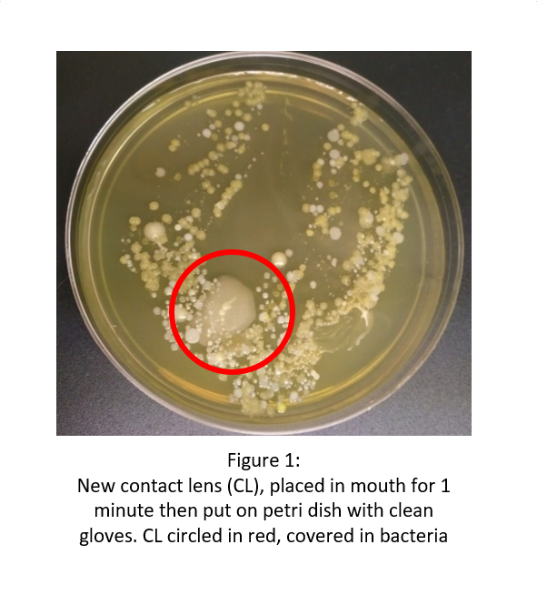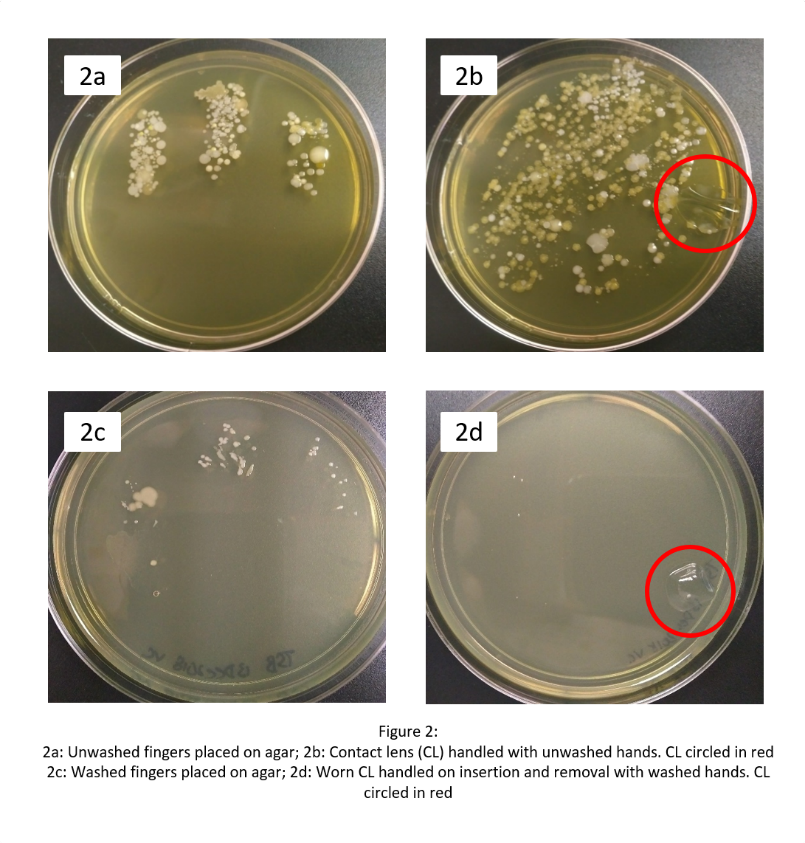Top 7 Causes of Food Poisoning
The top seven causes of food poisoning are Salmonella, Listeria, Staphylococcus, Trichinosis, E. coli, Campylobacter, Clostridium.
The Health Department estimates that food poisoning affects around 5.4 million Australians each year – that’s close to one-quarter of the entire population.
There are many different types of contaminations that can cause cases of food poisoning and it is usually difficult to detect the source. Often food smells and tastes fine but can actually contain bacteria, chemicals or viruses. These are just a few causes of food poisoning and they could make you very sick if you consume food contaminated with them.
Salmonella
Salmonella enterica is a bacterium that causes salmonellosis – a particularly nasty type of gastroenteritis. Young children, older adults and people with a weakened immune system are most susceptible to salmonella bacteria.
Food can become contaminated with salmonella in many different ways, some of which are:
- From coming into contact with an infected food handler
- From faecal matter, both human and animal, transferred from unwashed hands, utensils or surfaces
- From handling food after touching small rodents, reptiles and some birds
Beef, dairy, eggs and poultry are foods most likely to be contaminated with salmonella; however other foods, like fruits or vegetable, can also carry the bacteria.
Symptoms
People infected with salmonella usually experience symptoms between 12 to 72 hours after infection. The symptoms include usually last for between 4 and 7 days and can include:
- Fever
- Stomach cramps
- Diarrhoea
In a small number of extreme cases, salmonellosis can result in a person contracting Reiter’s Syndrome, a condition that can eventually result in a person suffering from chronic arthritis.
Treatment
A specific treatment for salmonellosis is not always required. Often rest and continual hydration are all that is needed; however, antibiotic therapy might be necessary in some cases. People who have suffered from salmonella related food poisoning are advised not to return to work or school until they have been symptom-free for a minimum of 48 hours.
Listeria
Listeria monocytogenes is bacteria that can cause acute food poisoning. Pregnant women, people with a lowered immune system, young children and older adults are the groups most at risk of infection.
Some examples of foods with a high risk of contamination are:
- Raw and cooked seafood
- Precooked deli meats
- Premixed raw vegetables
- Unpasteurised milk
- Soft cheeses and soft-serve ice cream
Symptoms
People suffering from a listeria infection can experience:
- Tiredness
- Fever
- Headaches
- General aches and pains
In severe cases, listeria infections can lead to septicaemia (blood poisoning) or meningitis (an infection in the brain). Pregnant women are extremely susceptible to listeria and even a mild infection can cause miscarriage, premature birth or stillbirth.
Treatment
Early use of antibiotics can often treat listeria infections but prevention is definitely better. Practising a high level of food safety will help avoid the spread of listeria and therefore contamination.
People who handle and prepare food should ensure that:
- They wash their hands before and after touching food
- All utensils are washed between use
- Raw fruits and vegetables are well washed before use
- They use either a fridge or microwave to defrost food
- Cook all meat and animal products thoroughly
- Food in the fridge is kept below 5 degrees Celsius and hot food is kept above 60 degrees Celsius
Staphylococcus
Staphylococcus aureus, also known as S. aureus or golden staph, is a common bacterium that lives on the skin, in the mouth and in the nose. Golden staph infections often begin with a minor cut that then becomes infected and can vary from a small sore to a flesh-eating infection.
Symptoms
A Golden staph infection usually appears as a dry, yellow skin infection and symptoms can include:
- Soreness
- Redness
- Heat
- Swelling
In severe cases, people can experience
- High fever
- Skin rashes
- Blisters
- Impetigo – a highly contagious skin infection
Humans and animals are the primary sources of staphylococci and food handlers have a high risk of spreading the bacteria and causing food poisoning. Foods most likely to be contaminated with golden staph are meats, poultry, eggs and dairy.
Treatment
Antibiotics, namely penicillin, are used to treat Golden staph infections though if unsuccessful, surgical cleaning is sometimes required. To promote good food safety, people touching food should continually wash their hands thoroughly or use sterile disposable gloves.
Trichinosis
Trichinosis is a roundworm infection that lives and reproduces inside a host body. The worms are usually found in meat-eating animals and can spread to humans through the consumption of trichinosis eggs found on raw or undercooked meats.
If the trichinosis eggs are ingested, they can live in the intestines and hatch into adult worms. The adult worms then produce more eggs that can travel to various different types of tissue in the body.
Symptoms
People infected with trichinosis don’t always have symptoms however if they do, they could experience:
- Nausea and vomiting
- Abdominal Pain
- Diarrhoea
- Tiredness
If the infection has progressed to the point that muscle or other tissue has been affected by the worms, then they could also experience:
- Fever
- Swelling
- Headaches
- Weakness
- Muscle pain
- Sensitivity to light
- Conjunctivitis
Treatment
Mild cases of trichinosis can often be left untreated however some cases will require medical treatment. Anti-parasitic medication, pain relief and anti-inflammatory medications are all possible treatments for trichinosis infection. However, like other illnesses prevention is always the best defence.
To help prevent a trichinosis infection, you are advised to:
- Avoid eating undercooked or raw meat and game
- Never eat undercooked or raw poultry
- Freezing some meats for around three weeks can kill trichinosis
- Practice good food safety and wash hands and utensils thoroughly
E. coli
- coli, or Escherichia coli, is a bacteria that lives in the digestive systems of humans and animals. Although of the many different types of E. coli, not all are harmful to humans, some can cause severe illness and even lead to death.
Humans can develop an E. coli infection when they come into contact with animal or human faeces. This usually occurs when contaminated water or food is consumed. E. coli can contaminate food throughout all stages of the food processing supply-chain and is often caused by poor food safety.
Particular high-risk foods are meat, poultry, dairy, fruits and vegetables. In some cases, entire towns have become ill after their water supply became infected with E. coli.
Symptoms
- coli can cause different symptoms, depending on the infection. Some of which are:
- Severe abdominal cramps
- Nausea and vomiting
- Fever
- Bloody diarrhoea
In severe cases, E. coli can cause:
- Anaemia
- Kidney failure
- Urinary tract infections
Treatment
Treatment for an E. coli infection varies depending on the severity. Rehydration and rest is often all that is needed to treat the infection and over time it will clear up.
In severe cases, where anaemia or kidney failure has resulted, dialysis or a blood transfusion may be necessary. Antibiotics and anti-diarrhoea medications are not usually recommended to treat E. coli infections.
To help prevent an E. coli infection practicing good food safety is essential. Thoroughly cooking foods and ensuring hands and utensils are properly washed and sanitised will also help to avoid the spread of E. coli bacteria.
Campylobacter
Campylobacter bacteria can cause a food poisoning called campylobacteriosis. It is a very common cause of diarrhoea and most often affects infants, young adults and men.
Handling and then consuming bacteria, often found on raw or undercooked poultry, is the main cause of campylobacteriosis. The campylobacter bacterium is found inside live poultry is easily transferred during the initial processing stage. Studies indicate that a very high percentage of supermarket chicken is contaminated with traces of the bacteria.
Milk and water contaminated with campylobacter bacteria can also cause infection and unwashed hands can cause the infection to spread between humans and animals.
Symptoms
A campylobacteriosis infection can cause:
- Stomach cramps
- Diarrhoea (often bloody)
- Fever
- Nausea and vomiting
Treatment
Antibiotics are not normally recommended unless specifically prescribed by your doctor and in most cases, rest and rehydration is the preferred treatment. Diarrhoea can cause severe dehydration and ensure that you are drinking plenty of water and electrolyte-rich drinks will help your body recover.
Being extra careful when handling raw poultry can help stop the spread of campylobacter bacteria. It is necessary to wash and sanitise your hands well and also any chopping boards and utensils that have come into contact with food, particularly poultry.
Clostridium
Clostridium, often-called C. diff, is a bacterium that lives in the digestive tract. In small quantities it is often harmless however, if the bacteria overgrow, they can cause the release of a toxin that attacks the host’s intestines. This condition is called Clostridium difficilecolitis or C. difficile.
Symptoms
Some possible symptoms of C. difficile are:
- Abdominal pain and tenderness
- Watery diarrhoea
In more severe cases, the infection can cause:
- Weight loss
- Loss of appetite
- High fever
- Severe stomach cramps
- Blood or pus in the stool
Patients in hospitals and hospices are most at risk of contracting the infection particularly those who have had surgery, chemotherapy, colon disease, kidney disease or have a weakened immune system.
Treatment
Antibiotics are the usual treatment for C. difficile infections and in some cases can require a double dose. Probiotics are both good for the prevention and treatment of C. difficile infections as ‘good bacteria’ works to reduce the number of clostridium bacteria. As most recommended food poisoning treatments, fluids and rehydration are also advised.
Preventing the spread of clostridium bacteria is crucial for avoiding incidents of food poisoning. The spores of the bacteria are present in an infected stool and can live on surfaces for a long time. This means that practising good food safety is vital and keeping hands, surfaces and utensils sanitary is a must
Written
BY SALLY SANTACRUZ





